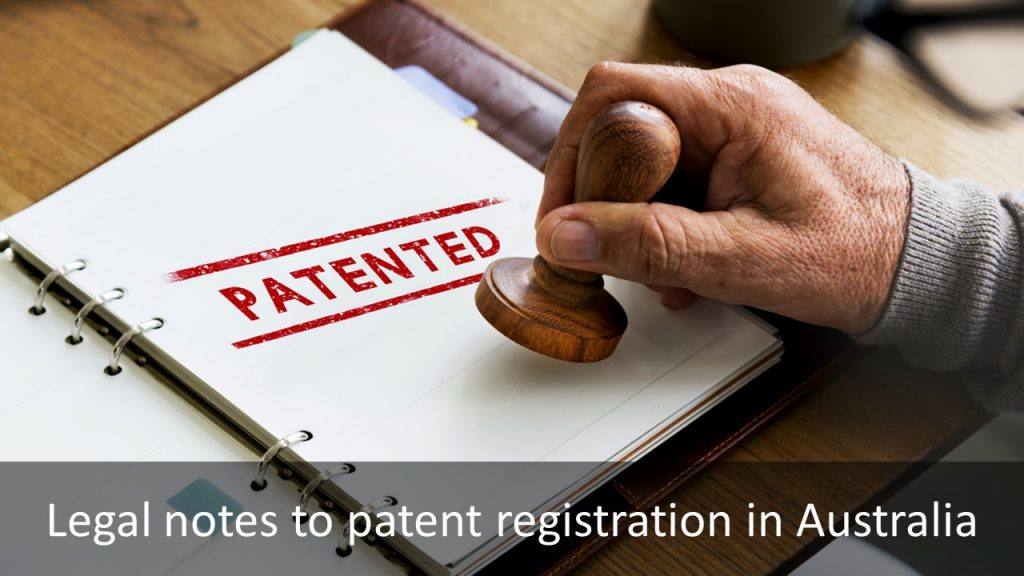Patent registration in Australia. Australia, officially the Commonwealth of Australia, is a sovereign country comprising the mainland of the Australian continent, the island of Tasmania, and numerous smaller islands. Australia is a highly developed country with a high-income economy; it has the world’s twelfth-largest economy, tenth-highest per capita income, and eighth-highest Human Development Index. Australia is a regional power and has the world’s thirteenth-highest military expenditure. Accordingly, many businesses want to enter this market and one of the most important preparations a business needs to take before expanding to this country is to learn the procedure of patent registration in Australia.
Patent in Australia
A patent in Australia is a right that is granted for any device, substance, method, or process that is new, inventive, and useful.
A patent is a legally enforceable right to commercially exploit the invention for the life of the patent.
The procedure for patent registration in Australia
To obtain a patent in Australia, the applicant needs to file their patent application to the IP Office of Australia.
The application can be made and filed online or the applicant/their representative can also prepare a paper, traditional application to send to the IP Office.
After receiving the patent application, the examiners at the IP Office will conduct a thorough examination to check if the application complies with all the requirements of the Patents Act 1990 (Cwlth).
The conditions for being granted a patent in Australia include:
- patentable subject matter
- newness (or novelty)
- inventiveness
- usefulness (or utility).
If there are no problems in the examination process, the patent application will then proceed to the opposition period in which any third parties will have 3 months to oppose or challenge the grant of the patent.
The opposition reason for the patent registration can be varied, whether it is a finding in relation to the patentable subject matter, novelty, inventive step, usefulness (utility), etc.
If there are no oppositions or the opposition action ends with the applicant being the winning side after the patent examiner’s decision is affirmed, the patent will be granted to the applicant.
Disclosure and publication of a patent
When filing for patent registration in Australia, the applicant must acknowledge that their product, process, or invention will be disclosed publicly.
If the applicant is granted a patent, the patent will be published in the ‘Australian Official Journal of Patents’ online through IP Australia’s website.
When being published publicly, the product, process, or invention will no longer be kept a secret. Instead, it becomes public knowledge, meaning that everyone in the world will have the tools to carefully examine that innovation.
However, the patentee shouldn’t be concerned because after the applicant has owned a patent and become a patentee, he/she/they will have the right to stop all infringement actions that violate the patentee’s rights, meaning that no one can copy the product and use it for commercial purposes.
The reason behind the public publication is that when the product, process, or invention of that patent becomes public knowledge, it can help other innovators in society to learn and develop their own innovation, assist them in obtaining a patent someday in the future, developing the society.
Consequently, it should be known that the public disclosure of a patent is to help society develop. The rights of the patentee are still the main concern of the IP system.
You can see a list of Australia IP firms here.

